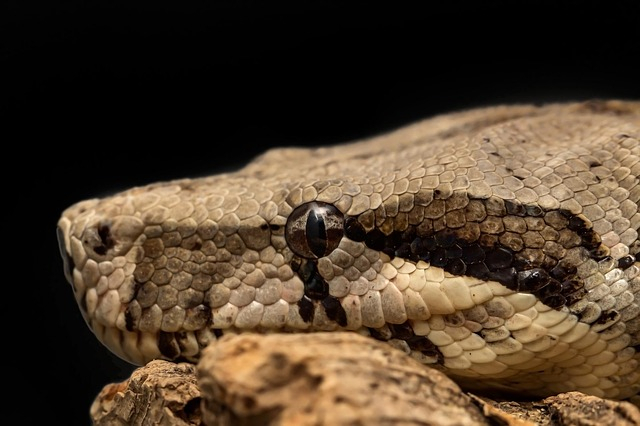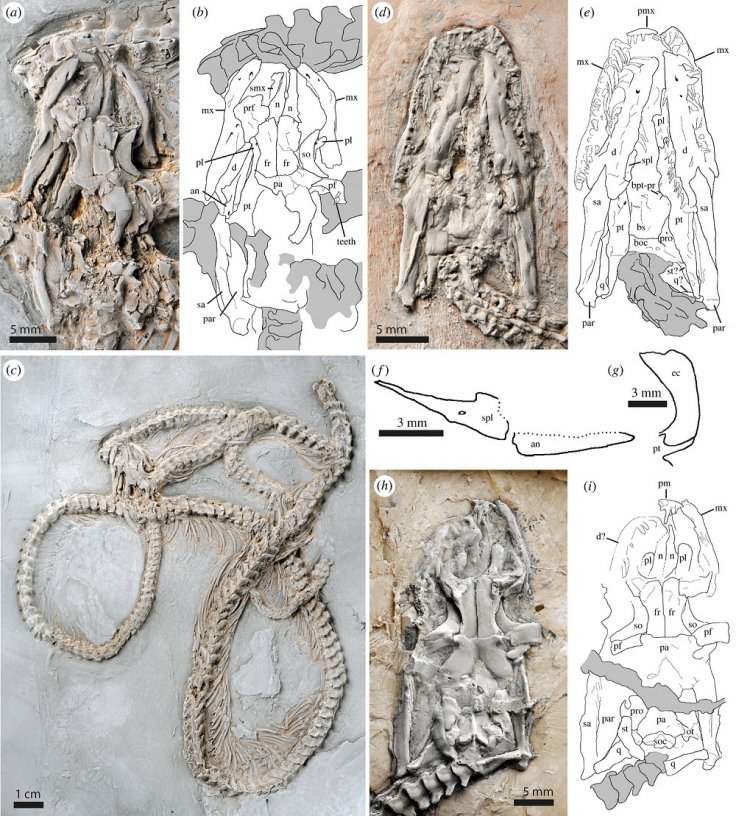Researchers have analyzed four fossilized skeletons of pythons that were unearthed in Germany. But the study of these ancient remains helped the scientists restructure the snake family tree and introduce a new origin theory.
In 2019, a paleontologist Hussam Zaher, during a sabbatical at the French National Museum of Natural History, was reading a manuscript written in German, describing a skull of an unnamed snake species. While studying the ancient reptile he found that the skull had some but not all of the characteristics of modern-day pythons.
Zaher then teamed up with Krister T Smith, a vertebrate paleontologist at the Senckenberg Research Institute in Frankfurt, to look for more such specimens. Both the researchers located four such skeletons in German museums and paleontological institutions that were discovered from the famous archaeological site, Messel Pit. Researchers estimated that these skeletons were at least 47-million-year-old which placed them in the geological time period known as the Eocene.

The Research Finding
As per the study, which was published in Biology Letters, researchers compared four unidentified skeletons from Germany with other fossils all across the globe representing 90 different snake species and lizards. To conduct the research the scientists used microscopes and CT scans. They also took measurements of the bones and other features.
Later, depending on the anatomical similarities and differences, Zaher and Smith assembled a snake family tree. They found that four fossilized remains from the Messel Pit belonged to a new species of python—named Messelopython freyi.

Scientists believe that this species died out during the Eocene. According to R Graham Reynolds, a biologist at the University of North Carolina, this finding is important as it is the oldest known python species that has pushed the snake's origins back 20 million years. Reynolds who was not involved in the study believes that this discovery will help the scientists to "contextualize the amount of diversity we see in the pythons today".
The study's co-author Smith said that the finding will shed light on the geographic origin of pythons. Instead of believing that this ancient species originated in Gondwana land, the discovery of Messelopython freyi has introduced a new idea—the pythons originated in the supercontinent known as Laurasia that included North America, Europe, and Asia.
According to Smith, the latest origin theory is a surprise as pythons are not currently found in Europe and mostly noticed in the southern continents. However, both the authors of the study now plan to dig deeper and aim to find out the ancestors of Messelopython freyi.









